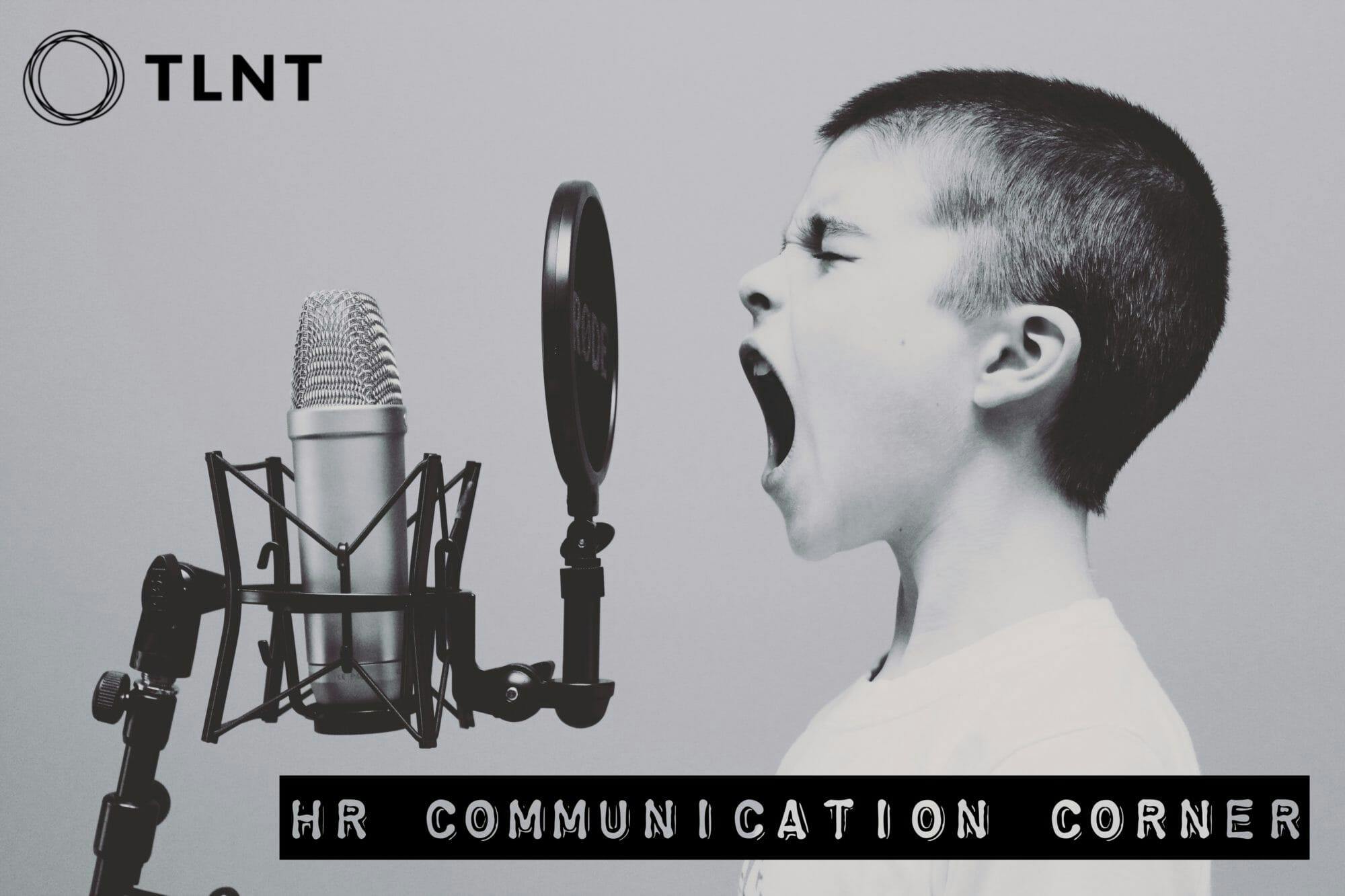An employee at a large oil company submitted a suggestion that netted him $18,000 from his company’s incentive-awards program. Although I can’t share the award-winning idea, I will relate what rigors he suffered in getting the idea accepted.
He sent a 10-page first draft to his immediate supervisor, who read the paper and suggested cutting it in half. A few days later, he handed the second draft to the same supervisor, who then suggested cutting the proposal to no more than five pages. Being a persevering guy, he returned with his original idea trimmed to a five-page skeleton. But knowing the executive leadership readers well, the supervisor suggested one last cut: “Put it on one page.”
Upon learning of his $18,000 award, the writer had almost forgotten the painful process of cutting his prose until these words from the VP who presented the award reminded him: “You were particularly astute to present this complex idea in so few words. A lengthy document on this subject would probably never have been read.”
Few writers learn so easily and with so much to gain.
How to Think Clearly When You Write Emails, Reports, and Proposals
Chances are, you’ve been through training programs to improve writing or presentation skills. And most all of them probably started with one or both of these platitudes: Consider your audience. Know your purpose. Well and good. But how to do those things warrants a few more specifics. To drill down on what audience analysis and your purpose actually entail, ask yourself these key questions:
1. Do I have a single reader or multiple readers?
How many people are on your distribution list? Do you have pass-on readership? Are you writing “through” several people who must approve your email, report, or proposal before it goes to the reader(s)? If you have mixed audiences, rank readers in order of importance. The most important reader gets the information first. Secondary readers must read further into the document to find information they may need.
2. What’s the message of interest to my reader(s)?
How many times have you heard someone say (most often with a long sigh), “I know what I want to say; I just can’t explain it.” That’s not an accurate diagnosis of the problem. The person doesn’t know what they want to say; that’s why they can’t get the words on the screen or paper. If you can’t summarize your bottom-line message in a few sentences (often one sentence will suffice), you’re not ready to write. Think longer and harder.
If you need a prompt, start with “I’m writing to tell you that…” When you finish the sentence, go back and delete the “I’m writing to tell you that” and what you have left will often work as a clear message sentence or two.
3. How will my reader use this information?
Will readers have to make a decision based on your details? If so, have you given all the pertinent criteria and facts? Will readers merely distribute the information to others who must act to execute your plan, form, process? If so, is the information in detachable, complete form so they don’t have to go back and forth from email to document back to email to gather tidbits? Do these people need to know the why and how of your message so they can build on your work?
4. How much does my reader already know about the topic?
Take care not to waste reader time by telling people what they already know. If they attended the meeting, you don’t need to recap what happened. If they were on the phone call, don’t start with, “As you already know, blah, blah, blah. That’s pointless. Instead, exact your terms and phrasing. How technical are your readers? What’s their educational background and job experience? How involved have they previously been in the project or initiative you’re writing about?
Sift acronyms and jargon from your writing when you have multiple readers who may not define terms as you do.
5. How will readers react to my message?
If your email delivers a routine message simply providing information or instructions, fine. No problem reactions. In those cases, if you’re clear, your readers will comply.
But what about negative reactions? Will your reader(s) be skeptical about claims, objectives, plans? Is the situation sensitive, such as proposing an unanticipated expense? Will someone lose face because of what you say? Are you giving a short deadline that will mean readers must scrap their planned schedule to complete your request or project? Will your request simply be a low priority for your busy readers?
When any of these circumstances are the case, anticipate adverse reactions and plan to overcome — or minimize — them from the start.
Let these five key questions guide your thinking so that what you put on the page is clear, concise, complete, and compelling.
